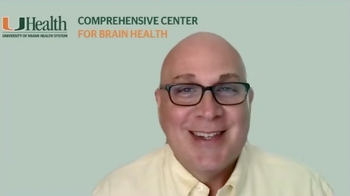
The director of the Comprehensive Center for Brain Health at the University of Miami Miller School of Medicine discussed the clinical significance of his findings on neighborhood tree canopy and brain health.

The director of the Comprehensive Center for Brain Health at the University of Miami Miller School of Medicine discussed the clinical significance of his findings on neighborhood tree canopy and brain health.
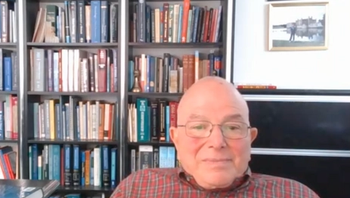
The director of the headache center at Jefferson University Hospital commented on what he is excited for at the upcoming International Congress on the Future of Neurology.

The director of the Corinne Goldsmith Dickinson Center for Multiple Sclerosis at Mount Sinai Medical Center spoke on what he is looking forward to at the 2021 International Congress on the Future of Neurology.

The director of the MedStar Georgetown Headache Center discussed the upcoming International Congress on the Future of Neurology and what attendees can expect to hear from experts in migraine.

The professor of health science at the Medical University of South Carolina discussed robust results from the phase 3 ADMET 2 study evaluating methylphenidate to treat apathy in Alzheimer disease.
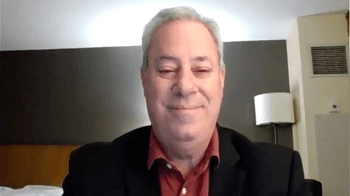
The executive director of Banner Alzheimer’s Institute discussed the approval of aducanumab and the potential to address unmet needs and gaps in care for patients with Alzheimer disease.

The approval of aducanumab and other advancements in Alzheimer disease diagnosis remain at the forefront of discussion; Eric Reiman, MD, spoke on the state of diagnosis and those ongoing conversations.

Mike Detke, MD, PhD, chief medical officer, Cortexyme, provided context on atuzaginstat’s high ceiling in Alzheimer disease, its regulatory path, and its unique dental substudy.

The executive director of Banner Alzheimer’s Institute discussed the future of blood tests as a biomarker that may help in addressing current challenges, including drug development.

The executive director of Banner Alzheimer’s Institute commented on ongoing research into amyloid plaque-reducing antibody therapies, the approval of aducanumab, and other initiatives with the ability to impact the treatment of Alzheimer disease.
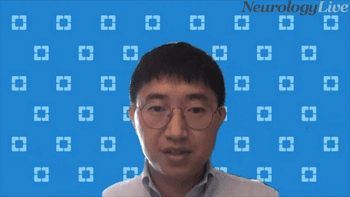
The assistant professor at Cleveland Clinic provided thoughts on the barriers clinicians face when formulating and conducting Alzheimer disease clinical trials with repurposed drugs.

The executive director of Banner Alzheimer’s Institute discussed the current state of AD trials, as well as his perspective on ongoing efforts to establish prevention therapies.

The duo from the Critical Path Institute detailed the thought process behind evaluating the importance of specific biomarkers and their relation to disability progression in Alzheimer disease.

The chief medical officer of Cortexyme discussed the company’s investigational agent atuzaginstat, its mechanism of action, and the findings of the phase 2/3 GAIN trial.

Cummings and colleagues presented appropriate use criteria for the newly approved Biogen/Eisai agent at the 2021 Alzheimer’s Association International Conference.
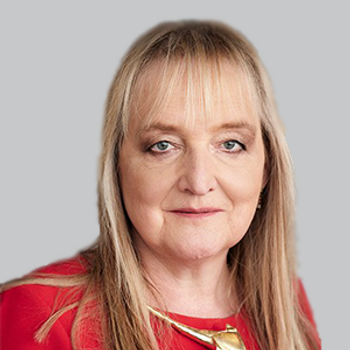
AC Immune, the company presenting the data at the 2021 AAIC meeting, also recently acquired an a-syn vaccine, Affiris PD01.
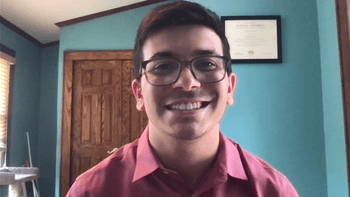

Phase 1b study results were presented at AAIC 2021, supporting the need for accelerated clinical development of ACI-24 in Alzheimer disease related to DS.
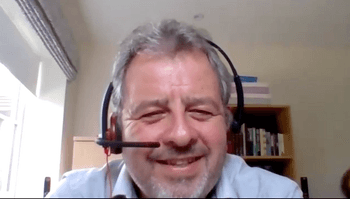
Clive Ballard, MD, spoke on the safety data of pimavanserin, which was presented at the 2021 AAIC meeting, held from July 26-30.
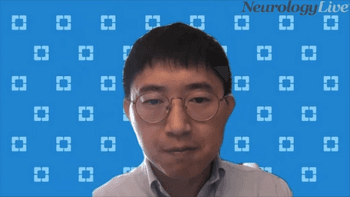
The assistant professor at Cleveland Clinic discussed key factors to consider when choosing repurposed drugs that could show max potential in treating Alzheimer disease.

The ICARE AD-US trial is expected to enroll 6000 participants, with at least 16% of the population aimed at including those from underrepresented communities. The unrelated confirmatory phase 4 trial is still in the process of being designed.

Clive Ballard, MD, professor of age related diseases at University of Exeter, commented on the potential impact that the approval of pimavanserin would have for patients if approved for dementia-related psychosis.

The effect of methylphenidate on Alzheimer disease apathy was observed at 2 months and was sustained throughout the 6 months of the study.

Participants will be enrolled for 18 months, with baseline data provided and compared to the lecanemab phase 2 study cohort.

The duo from the Critical Path Institute discussed how CPAD is revolutionizing data collection within the Alzheimer disease community and the advantages it brings to clinicians.

Jessica L. Stulc, MD, MPH, offered an in-depth review of the latest approved therapies in the sphingosine phosphate 1 targeting class of oral medications for MS including ozanimod (Zeposia; BMS) and ponesimod (Ponvory; Janssen).

Clive Ballard, MD, spoke on safety data presented at this year’s AAIC meeting, as well as the impact of symptoms associated with DRP, which can be distressing for individuals and their families.

The therapy, already FDA-approved for individuals with pulmonary artery disease, was significantly associated with reduced likelihood of Alzheimer disease in both the 65-74 year range and those older than 75 years.

Ballard, a professor of age related diseases at University of Exeter, discussed the results from a recent trial of pimavanserin in dementia-related psychosis, and data presented at this year’s AAIC meeting.

Findings presented at AAIC 2021 found that long-term, daily treatment with non-invasive stimulation was both safe and well-tolerated in patients with Alzheimer disease.